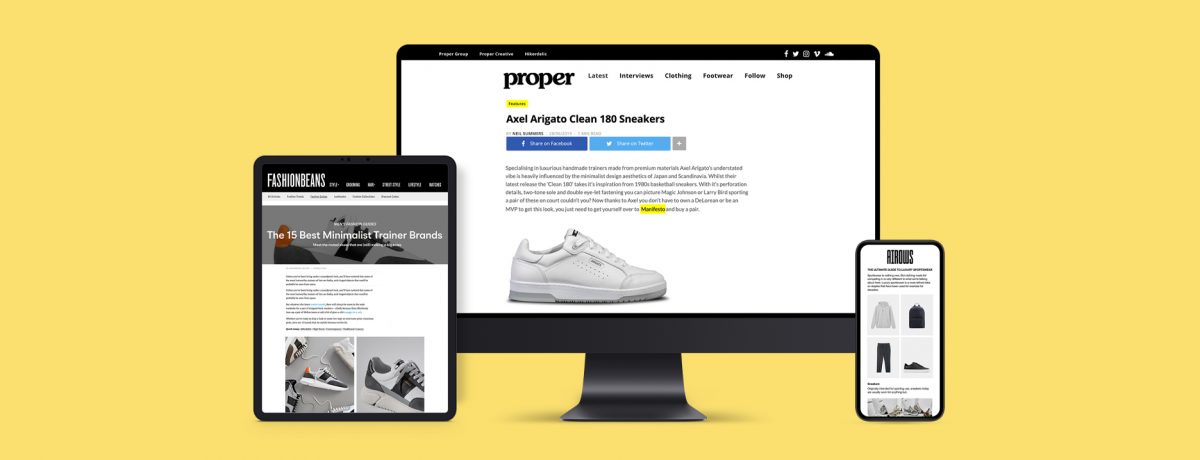Today, marketing is all about reaching the right consumer with the right message at the right time. And there’s no more effective way to do that than contextual advertising.
In this article, we’ll explore what contextual advertising is, how it works, and how you can use it to your advantage.
What is Contextual Advertising?
Contextual advertising is a form of online advertising that uses contextual information, such as the content on a web page to deliver ads. Advertisers can target their ads to people who are most likely to be interested in what they’re selling by using the context of the ad.
How Does Contextual Advertising Work?
Contextual advertising works by using the content on a web page to determine what ads to show. The ad server looks at the text on the page and compares it to a database of advertisers who want to target that particular audience. It then selects the best ad to show and serves it to the user.
There are several ways that you can use contextual advertising to your advantage. You can target your ads by:
- Topic: You can target your ads to people who are interested in specific topics.
- Language: You can target your ads to people who are reading pages in a particular language.
- Location: You can target your ads to people based on their location. It is a great way to reach people near your business or who are likely to be interested in what you’re selling.
- Interests: You can target your ads to people based on their interests, which is a great way to reach people who are likely to be interested in your product or service.
- Target your ads by time: You can target your ads to people based on the time of day.
What Are Some Examples of Contextual Advertising?
Some examples of contextual advertising include:
- Ads for sunglasses on a summer accessories article
- Ads for earrings on a valentine’s day jewelry article
- Ads for shoes on a page about running
Contextual advertising can also be used to target people based on their location. So, for example, an advertiser could target ads for a restaurant in London to people in London.
Contextual advertising is often confused with behavioural advertising, but there is a crucial difference.
What Is The Difference Between Contextual Advertising and Behavioural?
Behavioural advertising is the tracking of a person’s online behaviour to deliver targeted ads. This type of advertising uses cookies, which are small pieces of data stored on a person’s computer. Cookies track things like the websites a person has visited and what they have clicked on.
Cookies have been used for behavioural advertising for many years, but they are coming to an end. In late 2023, the use of cookies will be banned in the EU, which means that behavioural advertising will no longer be possible.
This is why contextual advertising is so essential now. It’s a way of delivering targeted ads without the use of cookies. So, if you want to continue to target ads to people, contextual advertising is the way to go.
Why Is Contextual Advertising So Important Now?
With the end of the cookie, contextual advertising will be the only way to target ads to people. And because of its many advantages, it is now more critical than ever.
Some of the advantages of contextual advertising include:
- Contextual advertising is more effective than behavioural advertising. It’s been shown that contextual ads have a click-through rate that is 2-3 times higher than behavioural ads.
- Contextual advertising is more relevant to people. When people are targeted with relevant ads, they are more likely to be interested in that particular advertisement.
- Contextual advertising is more efficient. It’s cheaper and faster to target ads to people using contextual information than tracking their behaviour and serving them behavioural ads.
- Contextual advertising is more privacy-friendly. As we mentioned earlier, the use of cookies for behavioural advertising will be coming to an end in 2023. It means that people will have more control over the ads they see, and they will be less likely to be annoyed by irrelevant ads.
- Contextual advertising is more scalable. Targeting millions of people with contextual ads is possible, whereas behavioural advertising is only effective with a limited number of cookies.
- Contextual advertising is more reliable. Cookies can be blocked or deleted, but contextual information is always needed to deliver ads.
So, as you can see, contextual has many advantages than behavioural advertising.
How Do You Get Started With Contextual Advertising?
If you want to get started with contextual advertising, there are a few things you need to know.
Find a Good Contextual Ad Network
A Contextual Ad Network is a company that serves ads relevant to the page the user is visiting at that moment in time. There are many different contextual ad networks out there, so you need to find one that meets your needs. You should also ensure that the contextual ad networks you choose is brand safe and privacy-friendly.
Create a Target Audience
A target audience is a group of people that you want to target with your ads. Try creating this by combining demographic information (like age, gender and location) with interests.
Create a Campaign
A campaign is the set of ads that you want to run. It includes the targeting information, as well as the budget and duration. You also need to decide on the format of your ads (like text, image or video).
Tips For Creating Successful Contextual Ads
There are a few things you can do to make sure your contextual ads are successful.
- Make sure your ads are relevant to your target audience.
- Target as many people as possible.
- Use different formats and channels to maximize your reach.
- Keep your budget in mind, and make sure your ads are cost-effective.
- TEST, TEST, TEST! Always test your ads to make sure they resonate with your target audience.
The process of setting up a contextual advertising campaign can seem daunting at first, but it’s pretty simple. And once you’ve got it set up, the only thing you need to do is monitor the results and make changes as required.
Takeaway
The end of the cookie is coming, which means the end of behavioural advertising. This leaves contextual advertising as the only way to target ads to people. It is a powerful tool that is more effective, relevant, efficient, and privacy-friendly than behavioural advertising. So, if you’re not using contextual advertising yet, now is the time to add it to your arsenal.
Why Contact WordSeed?
WordSeed is a contextual ad network that offers brand-safe, privacy-friendly contextual advertising. We have years of experience in the advertising industry, and we are committed to pushing your brand to reach its target audience and help you achieve your marketing goals.
Contact us today to get started.



